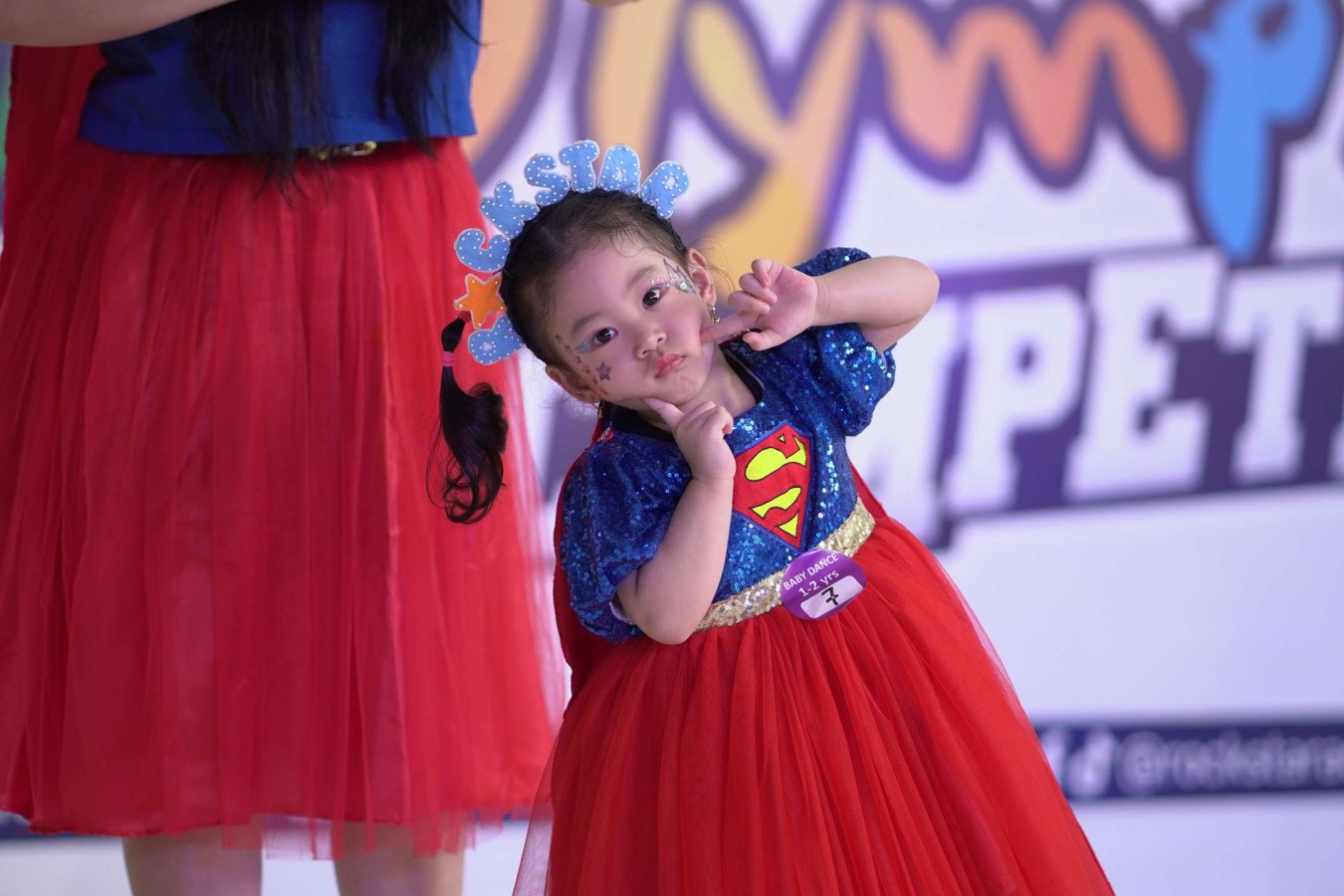Method Acting: Techniques to Immerse Actors in a Role

If you've ever watched a movie and thought, "Wow, that actor truly became the character!", chances are they were using Method Acting. This powerful acting technique has been responsible for some of the most unforgettable performances in film and theater history.
But what exactly is Method Acting, and why do so many legendary actors swear by it? In this article, we’ll explore the origins of Method Acting, its most famous practitioners, essential exercises, the benefits and challenges of using the technique, and how it compares to other acting methods.
What is Method Acting?
Method Acting is an acting technique that encourages performers to deeply connect with their characters by drawing from personal emotions and experiences.
Instead of just pretending to feel a certain way, actors immerse themselves in their roles, often blurring the lines between their own identity and the character they portray.
The goal? To create performances that feel raw, natural, and deeply emotional as if the actor isn’t acting at all.
Who Invented Method Acting? The History Behind It
Though many credit Konstantin Stanislavsky as the inspiration behind Method Acting, the technique as we know it today was developed by Lee Strasberg. Born in 1901 in Austrian Poland, Strasberg moved to the U.S. as a child and later became a key figure in American theater.
In 1931, he co-founded the Group Theatre, where he explored new, more naturalistic acting techniques. However, it was at the Actors Studio, where he became director in 1951, that he refined and popularized Method Acting, training legendary actors like Al Pacino, Robert De Niro, and Marilyn Monroe.
Strasberg’s Method was deeply influenced by Stanislavsky’s System, which emphasized emotional truth in acting. One of the key elements Strasberg adopted was affective memory, where actors recall personal emotions to bring authenticity to their performances.
Interestingly, Stanislavsky himself later moved away from this technique, believing it led to inconsistent results. However, by the time his work reached the U.S., Strasberg had already shaped Method Acting into a powerful and controversial technique that continues to influence actors today.
Famous Method Actors
One of the most iconic examples of Method Acting is Marlon Brando in On the Waterfront (1954), where his small, unscripted gestures made his performance feel incredibly real. Other legendary Method actors include:
- Robert De Niro (Raging Bull): Gained 60 pounds and trained as a real boxer.
- Daniel Day-Lewis (My Left Foot): Stayed in a wheelchair for months to portray a man with cerebral palsy.
- Forest Whitaker (The Last King of Scotland): Immersed himself so deeply in his role as Idi Amin that he struggled to shake off the character afterward.
- Charlize Theron (Monster): Physically transformed herself to become serial killer Aileen Wuornos.
Method Acting Exercises
If you want to master Method Acting, you need to train both your mind and body to fully connect with your character. Here are some of the core Method Acting exercises that help actors immerse themselves in a role:
1. Relaxation
Actors release tension by moving different body parts in small circles, from their fingers to their facial muscles.
If emotional tension builds up, they can let out an “ahh” sound to help release it. This exercise helps actors stay loose and emotionally open.
2. Sense Memory
This exercise trains actors to recall past experiences using all five senses. For example, they might remember the smell of their childhood bedroom or the sting of a cold wind on their face.
By recreating these sensations, actors can produce authentic emotional responses in their performances.
3. A Private Moment
Actors perform an activity onstage that they would normally do in private which is something so personal that they’d stop if someone walked in, like inspecting their face in a mirror or dancing goofily. This helps them bring natural, unguarded behavior to their acting.
4. Animal Exercise
Actors study and mimic an animal’s movements and behavior to break free from societal habits.
This helps them develop unique character physicality and explore new ways of expressing emotions.
5. The Song and Dance
Actors sing a familiar song one syllable at a time, pairing each syllable with spontaneous, unpredictable movements. This helps them break free from routine behaviors and tap into raw, instinctive expressions.
Benefits and Drawbacks of the Method
Method Acting is a powerful technique that helps actors deliver deeply emotional and realistic performances. However, while the Method has its advantages, it also comes with challenges. Some actors find it transformative, while others struggle with its intensity.
A. Benefits of Method Acting
One of the biggest advantages of Method Acting is its ability to help actors completely disappear into their roles. By deeply connecting with a character’s emotions, actors can deliver nuanced and unpredictable performances that feel raw and real.
This is especially powerful in film and television, where close-up shots capture even the smallest facial expressions. The emotional depth that Method actors bring to their roles often leads to unforgettable performances that leave a lasting impact on audiences.
B. Drawbacks of Method Acting
However, Method Acting isn’t for everyone. It works best with well-developed characters, but if a role lacks depth, actors may struggle and end up simply playing themselves.
The technique also requires intense self-reflection, which can make some actors emotionally exhausted or difficult to work with. Many directors find Method actors too unpredictable, feeling that their deep immersion in a role can sometimes disrupt collaboration on set.
While Method Acting has produced some of the greatest performances in history, it can also be mentally and physically draining if not used carefully.
Where to Learn Method Acting
If you're wondering where to learn Method Acting and truly bring characters to life, Rockstar Academy is the perfect place to start! Our Broadway Program offers a fun, exciting, and professional space where aspiring actors can dive deep into the art of Method Acting.
Through this program, students don’t just memorize lines—they learn to feel their roles, understand their character’s emotions, and connect deeply with every scene.
Taught by experienced instructors who are passionate about performing arts, the Broadway Program blends technique, creativity, and real-life acting practice.
Students get the chance to explore emotions, build confidence, and express themselves authentically on stage. Even better, they’ll be part of amazing stage performances and events that bring their skills to life in front of an audience!
Whether you’re a beginner or have some acting experience, the Broadway Program helps unlock your full potential. So if you’re serious about acting and want to learn Method Acting the right way—join Rockstar Academy’s Broadway Program today and take the first step toward becoming a true performer!
How Method Acting Can Help You Perform
Method Acting is about truly becoming the character. By tapping into real emotions and personal experiences, actors can deliver raw, authentic performances that feel deeply real to audiences. Here’s how Method Acting can take your performance to the next level:
1. Audiences Will See You Think
Method Acting helps you truly internalize your character’s thoughts and emotions, making your performance feel more real and organic.
Instead of just delivering lines, you’ll live in the moment, allowing the audience to see your character’s decisions and realizations unfold naturally.
2. Your Performances Will Gain Focus
With Method techniques, you learn to make deliberate choices in your acting. Every word, movement, and expression has meaning, helping you stay fully present in your role. This level of focus brings depth and authenticity to your performance.
3. Your Character Work Will Be More Imaginative
By using sense memory, you can draw from your own life experiences to create richer, more layered characters.
This method allows you to go beyond the script and bring your unique instincts, emotions, and fears into the role, making your performance truly stand out.
Method Acting vs. Other Acting Techniques
There’s no single way to approach acting, and different actors use different techniques to bring their characters to life. Method Acting is one of the most intense and immersive techniques, but how does it compare to other popular styles? Let’s take a look at how Method Acting differs from other acting approaches.
A. Method Acting vs. Natural Acting
Both techniques aim for realism, but natural acting focuses on portraying a character believably without deeply immersing oneself in the role.
Method actors, on the other hand, live and breathe their character’s experiences, often staying in character even offstage or off-camera.
B. Method Acting vs. Technical Acting
Technical actors rely on external techniques like voice control, body movement, and stage presence, rather than diving deep into emotions.
Method Acting requires a more intense emotional connection, while technical acting focuses more on precision and technique.
C. Method Acting vs. Character Acting
Character actors transform through script analysis, physical changes, and behavioral shifts but don’t necessarily immerse themselves emotionally.
Method actors use personal memories and emotions to “become” the character, rather than just studying them.
D. Method Acting vs. Classical Acting
Classical acting is more structured, requiring actors to stick strictly to the script without adding personal interpretations. In contrast, Method Acting allows improvisation and deep emotional exploration, making performances feel more spontaneous and real.
E. Method Acting vs. Meisner Technique
The Meisner technique emphasizes reacting to scene partners in the moment, making it more interactive.
Method Acting is more internal, with actors drawing from personal experiences rather than focusing on external reactions.
F. Method Acting vs. Stanislavsky Technique
Although Method Acting was inspired by Stanislavsky’s technique, the two differ. Stanislavsky encouraged a balance between external techniques and internal emotions, while Method Acting leans heavily on personal emotional recall, sometimes to an extreme level.
Want to Take Your Acting to The Next Level?
Method Acting is one of the most powerful techniques for creating deeply emotional and realistic performances. While it has its challenges, it has helped many actors deliver unforgettable roles that leave a lasting impact.
Dreaming of performing on Broadway? At Rockstar Academy’s Sports & Performing Arts Academy, our Broadway Class helps you master the art of musical theatre, combining acting, singing, and dancing to bring iconic performances to life.
We train students to express deep emotions and create authentic characters on stage. Plus, you’ll have the chance to showcase your skills at our Broadway Recital, RockOlympics and Elite Championships, where you can shine in front of a live audience.
Ready to step into the spotlight? Join our free trial class today and start your Broadway journey!
FAQ
What is Method acting vs. regular acting?
Method acting involves deeply immersing yourself in a character’s emotions and experiences, often using personal memories. Regular acting relies more on external techniques like voice, movement, and script interpretation.
What would be an example of Method acting?
Daniel Day-Lewis in "My Left Foot"—he stayed in a wheelchair and had assistants feed him to fully embody his character.



